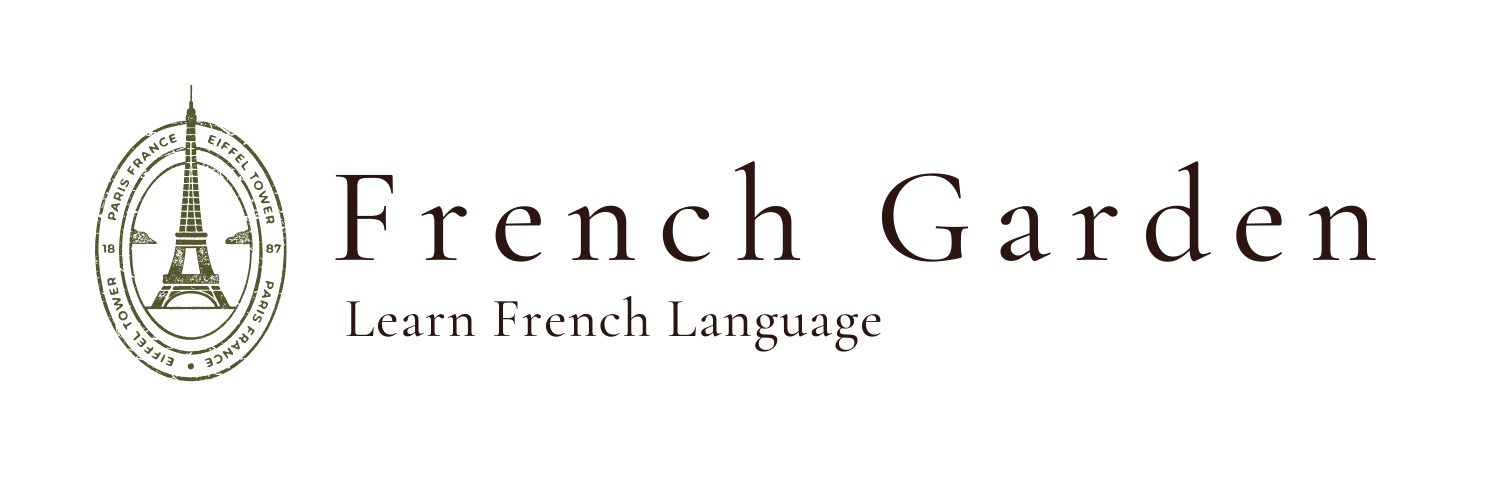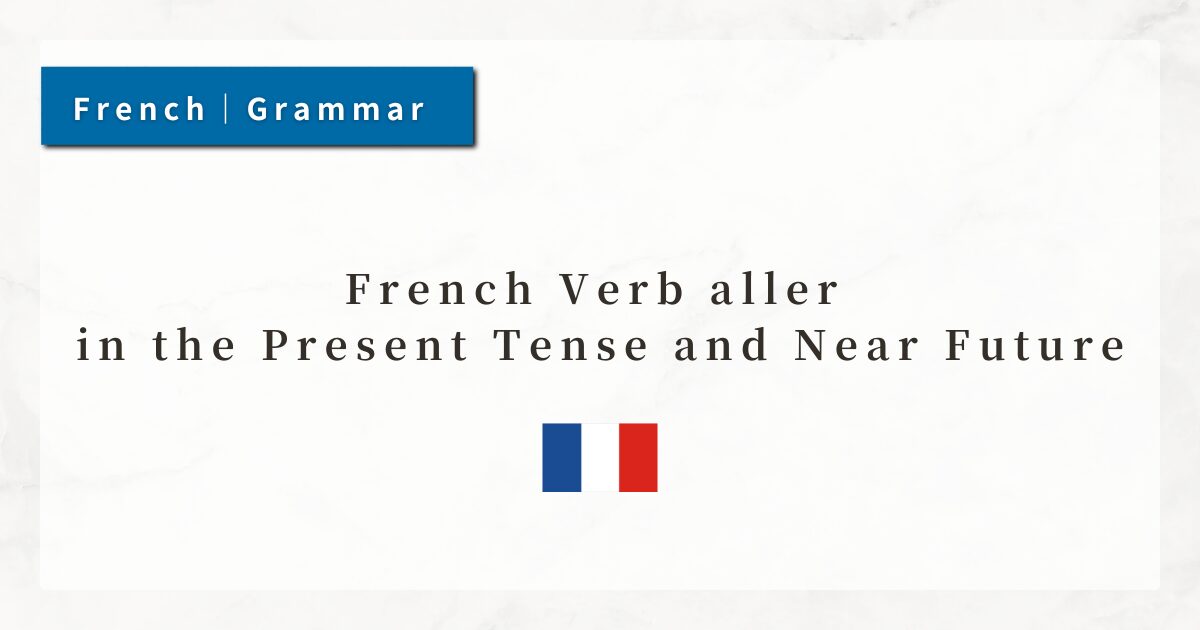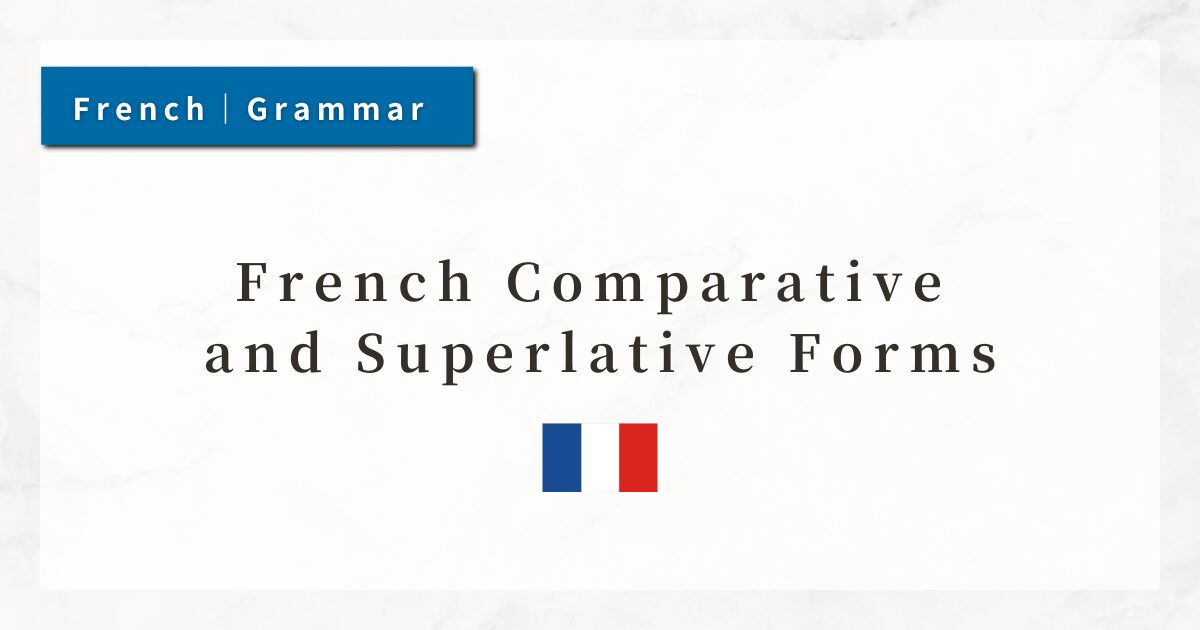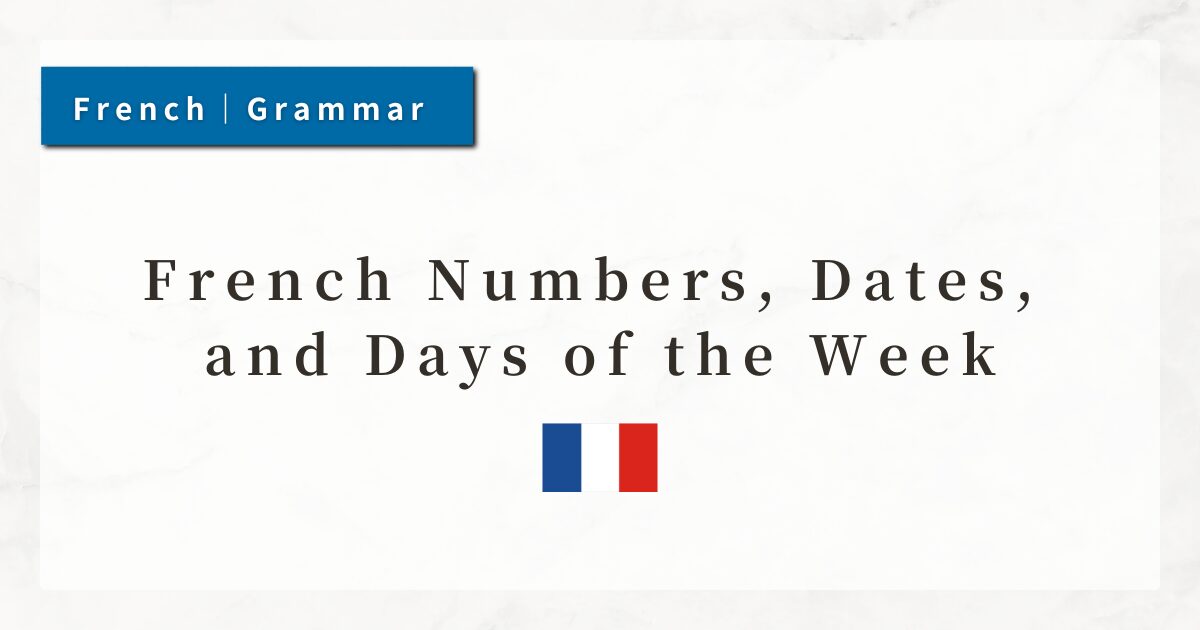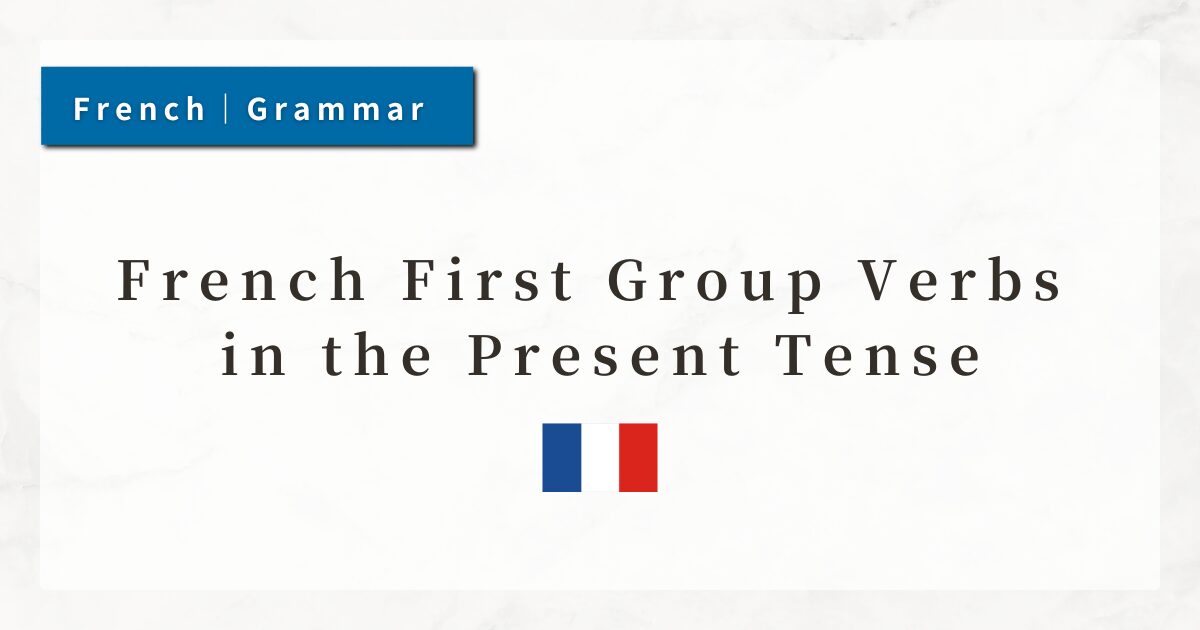#55 The Construction “Il faut + Infinitive”|Rules and Advanced Usage
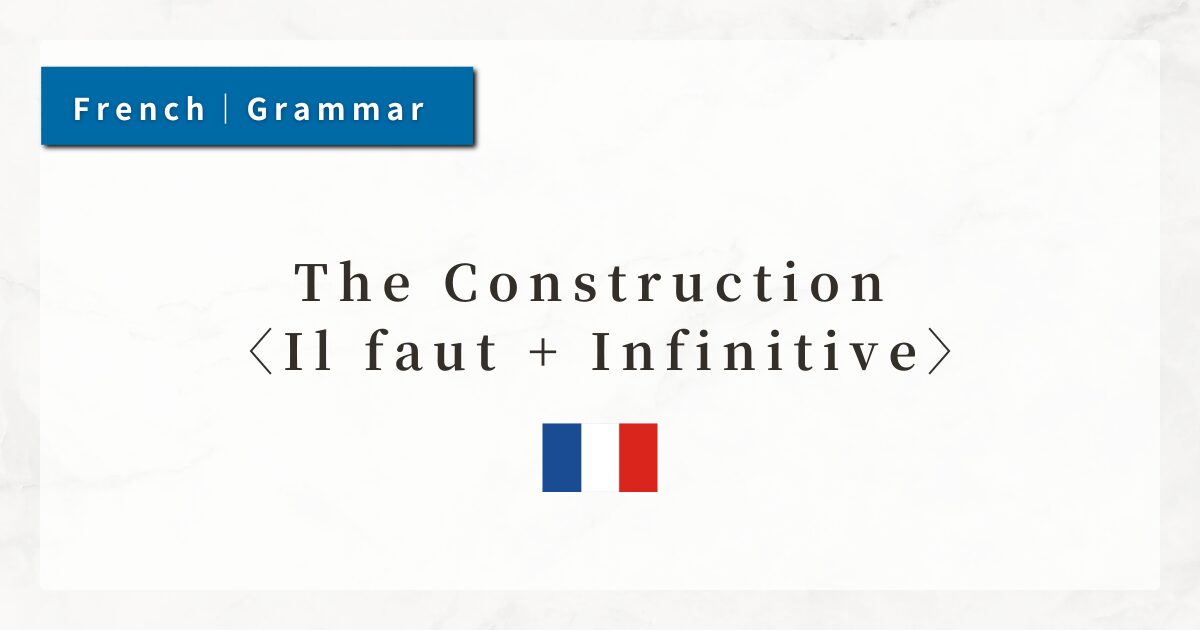
In French, when you want to say “one must…” or “it is necessary to…”, a very common expression is “Il faut + infinitive”.
This structure is not only simple and easy to use but also appears frequently in everyday life.
In this lesson, I will explain the meaning of the construction “Il faut + infinitive”, along with examples of common verbs used in this pattern.
1. The Basics of the Il faut + infinitive Construction
1-1. Expressing Necessity (It is necessary to…)
In French, Il faut corresponds to English expressions such as “It is necessary to” or “You must”. It expresses a general obligation or necessity.
- Il faut étudier.
(One must study. / It is necessary to study.) - Il faut dormir.
(One must sleep. / It is necessary to sleep.)
By placing an infinitive verb after Il faut, the sentence expresses “It is necessary to do (something).”
1-2. “Il” as an Impersonal Subject
The subject Il in this construction does not refer to any specific person or thing. It is an impersonal subject used to complete the grammatical structure.
When translating into English or Japanese, Il is not rendered as “it,” but the sentence is instead expressed naturally as “one must…” or “it is necessary to…”.
1-3. “faut” as the Third-Person Singular of falloir
The word faut comes from the verb falloir (to be necessary), conjugated in the third person singular.
This verb is used exclusively in the construction “Il faut + infinitive”. The subject is always Il and never changes.
2. The Infinitive Expresses the Required Action
After Il faut, an infinitive verb follows, indicating the action that is necessary. A wide variety of verbs can be used in this structure:
- Il faut parler.
(It is necessary to speak.) - Il faut finir ce travail.
(It is necessary to finish this work.) - Il faut faire attention.
(One must pay attention.) - Il faut se lever tôt.
(It is necessary to get up early.)
Frequently used verbs include faire (to do), prendre (to take), avoir (to have), and aller (to go).
3. The Negative Form: Il ne faut pas + infinitive
To negate “Il faut,” simply place “ne … pas” around the verb faut. This expresses prohibition or the absence of necessity.
- Il ne faut pas courir ici.
(You must not run here.)
In this way, the structure is used effectively for expressing rules, prohibitions, or warnings.
4. Use with Reflexive Verbs
Reflexive verbs can also appear in this construction.
- Il faut se lever tôt.
(One must get up early.)
Here, “se lever” is a reflexive verb meaning “to get up,” literally implying “someone must get themselves up.”
The reflexive pronoun “se” is always used in its third-person singular form, regardless of the subject.
5. Adding Purpose or Reason
The “Il faut + infinitive” structure can be expanded by adding a purpose or reason.
- Il faut étudier pour réussir.
(It is necessary to study in order to succeed.) - Il faut bien manger pour rester en bonne santé.
(It is important to eat well in order to stay healthy.)
Here, “pour + infinitive” adds purpose, while adverbs such as “bien” refine the action.
6. Summary
- “Il faut + infinitive” expresses necessity or obligation: “one must…”, “it is necessary to…”.
- The subject “Il” is impersonal and not translated literally.
- The negative form is “Il ne faut pas + infinitive”, used for prohibitions and rules.
- Reflexive verbs may be used directly after “Il faut” (Il faut se lever tôt).
- Adding purpose or reason (e.g., pour + infinitive) makes the sentence more practical and precise.
